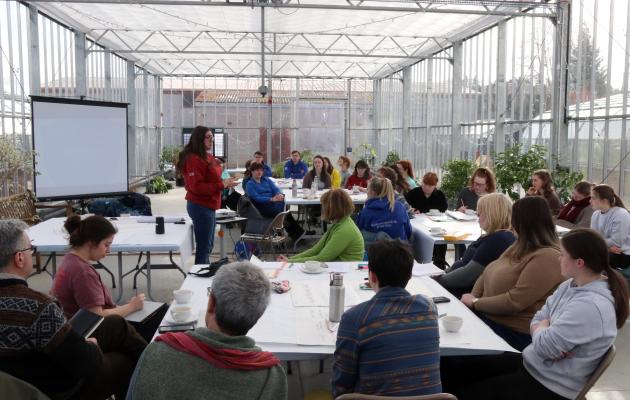Investment in Scotland’s communities is changing. Millions of pounds of funding, previously the European Structural and Investment Funds (ESIF) administered through the Scottish Government, is now managed by the UK Government under its levelling up agenda. This includes the Levelling Up Fund and the Shared Prosperity Fund.
Baffled by all these new initiatives? We certainly are so we partnered with the Scottish Islands Federation to create a handy, one-page fund guide describing how they are being delivered.
We also had questions about how well these funds align with local economic development priorities in rural and island Scotland; how local authorities are dealing with the logistics of administering the fund processes and how community organisations and micro or social enterprises might benefit from them.
Our in-depth report draws on interviews with seventeen stakeholders across nine rural and island local authorities from the Scottish Borders to Shetland. The following points are highlighted:
- UK Government metrics used to prioritise areas for investment or set investment amounts appear to disadvantage Scotland’s rural and island areas.
- Smaller local authorities require high levels of resourcing to engage with the levelling up agenda.
- While the Levelling Up Fund was perceived to give positive momentum to large-scale capital projects, key drivers of wealth in rural and island places are micro entities - community and third sector organisations and micro/social enterprises. There is limited recognition of the importance of community animation and of capacity building for micro enterprises to enable them access levelling up opportunities.
- Decision-making on grant awards has been described as 'opaque'.
- There is no clear alignment between the UK Government levelling up funds and the range of Scottish Government and local authority fund programmes intended to support community development.
The report evidences a need for wider discussion on the levelling up funds in a Scottish context, in particular the Shared Prosperity Fund. It is critical we ensure that local authorities and other stakeholders such as Third Sector Interfaces, Community-Led Local Development partnerships and second-tier organisations, are resourced to enable significant investment reach grassroots communities and enterprises in the form that most benefits them - i.e. as small and micro grants coupled to appropriate animation and capacity building support.




